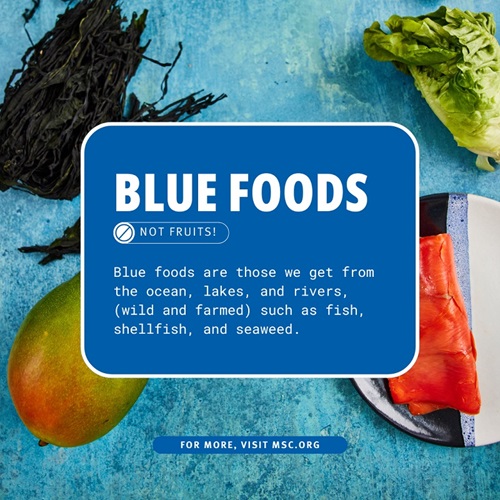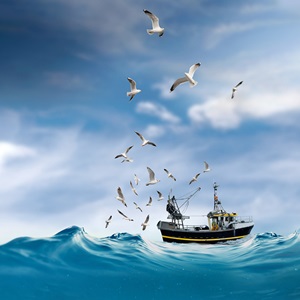The sustainable fishing world comes with a lot of vocabulary that most of us probably don’t use in our everyday lives. So, we’ve created a series of definitions to help you become a sustainable fishing expert.
What are blue foods?
Blue foods are those we get from water, like fish, seafood, and seaweed/algae. In other words, it's food we harvest from the ocean, rivers, and lakes, including wild and farmed seafood.A detailed definition of "blue foods"
Blue foods are important for people and the planet.
With the global population set to reach 10 billion by 2050, it’s critical that we find a way feed our growing population without growing our carbon footprint. Food from oceans, rivers, and lakes will play an essential role.
According to the Food and Agriculture Organization (FAO), increasing access to blue foods will help improve food security, increase health, sustain livelihoods, and lessen our environmental impact.
On average, seafood has much greater nutritional benefits than meat from terrestrial animals. In many countries small fish are one of the most affordable and nutritious sources of protein.
Blue food production also has fewer environmentally harmful impacts: wild seafood production doesn’t require land or freshwater, and results in fewer pollutants. And overall carbon emissions from seafood are significantly lower than from red meat production.
The MSC program incentivizes and enables sustainable fishing around the world, helping everyone benefit from the potential of blue foods. Learn more about the MSC and blue foods here.
And take a look at what one fisher thinks about the increased importance of blue foods.





